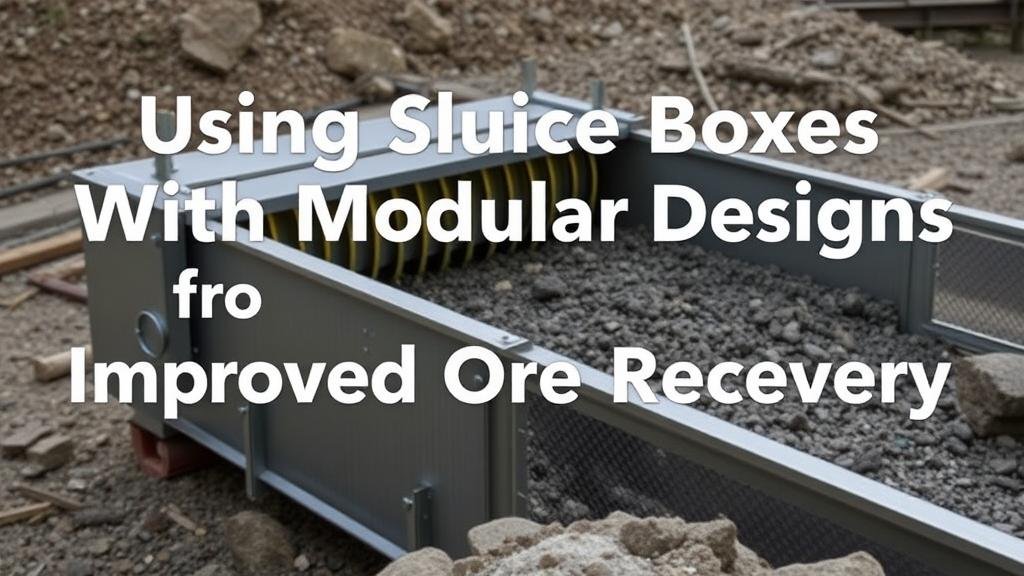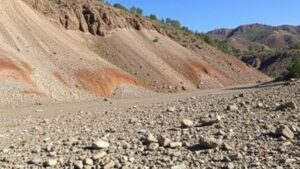Using Sluice Boxes With Modular Designs for Improved Ore Recovery
Using Sluice Boxes With Modular Designs for Improved Ore Recovery
Sluice boxes are traditional tools used in mining, particularly in placer mining, which involves the extraction of precious metals and minerals from riverbeds and sediments. With advancements in mining technology and an increasing focus on sustainability, the concept of modular sluice boxes has gained traction. This article examines how modular sluice designs enhance ore recovery efficiency while minimizing environmental impact.
Overview of Sluice Boxes
A sluice box operates under the principle of gravity separation, where water flows through a channel lined with materials that catch and retain heavier minerals while allowing lighter materials to wash away. Traditional sluice boxes have a fixed structure that can limit operational flexibility and adaptability to varying mining conditions.
The Modular Design Concept
Modular sluice boxes are designed in sections or modules that can be easily assembled, disassembled, or reconfigured based on specific mining requirements. This design offers multiple advantages:
- Adaptability: Modular systems can be altered to improve effectiveness in different environmental conditions.
- Scalability: Operators can adjust the size and complexity of the sluice box system according to the scale of the mining operation.
- Ease of Transport: Smaller, lighter modules allow for easier transport to various mining sites.
Improving Recovery Rates with Modular Sluice Boxes
Research indicates that modular sluice boxes can increase recovery rates substantially compared to traditional systems. For example, a case study in the Yukon Territory showed that a modular sluice system increased gold recovery rates by 15% due to the ability to optimize each section for specific particle sizes and densities.
Design Features Contributing to Enhanced Recovery
Key features of modular sluice boxes that promote improved ore recovery include:
- Adjustable Riffles: Modular designs allow for varying the height and spacing of riffles to improve capture efficiency for different types of ore.
- Integrated Classifiers: Some models include classifiers that separate fine material before it enters the sluice, reducing clogging and enhancing recovery.
- Multi-Layer Systems: Adding extra layers can provide more surface area for gold and heavy material adhesion, therefore improving overall recovery.
Case Studies of Modular Sluice Applications
Several mining operations have adopted modular sluice box designs with successful outcomes. For example:
- Alaska Gold Company: Useed modular sluice boxes that allowed for real-time adjustment during operations, resulting in an estimated increase in gold recovery from 65% to 82%.
- Australian Miners: Used modular sluices in varying river conditions, which led to improved efficiency and reduced water diversion impacts in sensitive environments.
Environmental Considerations
The environmental impact of mining is a critical concern. Modular sluice designs help address this by:
- Reducing Waste: Enhanced recovery means less material is left behind, decreasing the ecological footprint.
- Lower Water Usage: Modular systems often require less water, promoting responsible resource management.
Actionable Takeaways
For mining operations looking to improve ore recovery, adopting modular sluice box designs presents a robust opportunity. Key takeaways include:
- Evaluate specific mining conditions and adjust modular designs accordingly.
- Invest in sluice box features such as adjustable riffles and integrated classifiers for optimal performance.
- Consider environmental impacts and aim for designs that enhance recovery while minimizing ecological damage.
To wrap up, the integration of modular designs into sluice box technology stands to revolutionize the way minerals are mined, promising increased efficiency, adaptability, and a more sustainable future for the industry.



